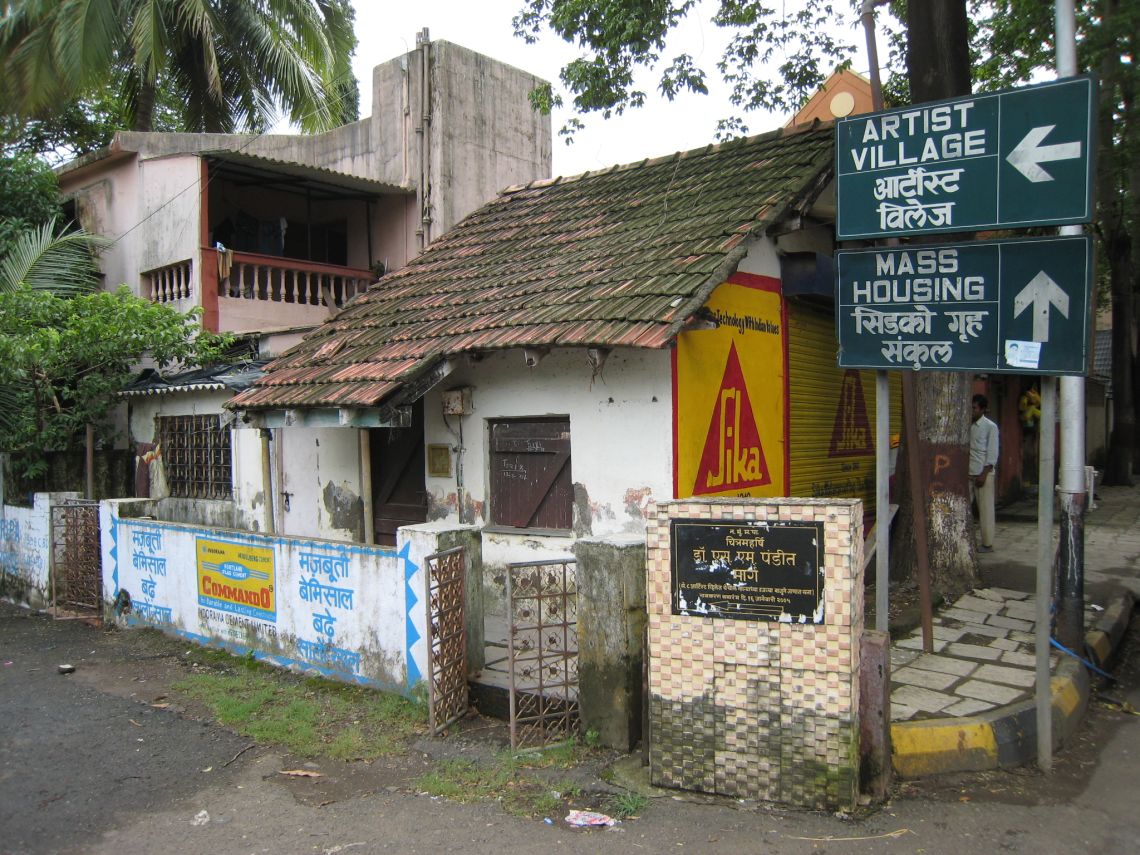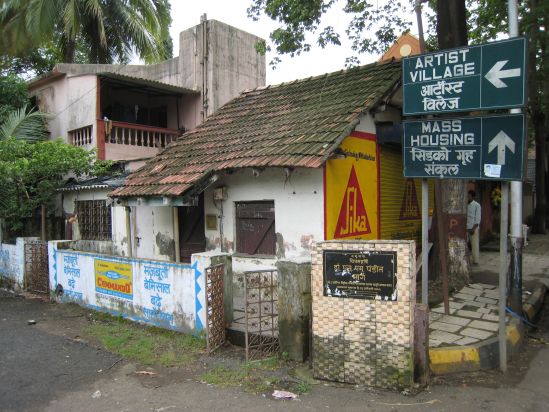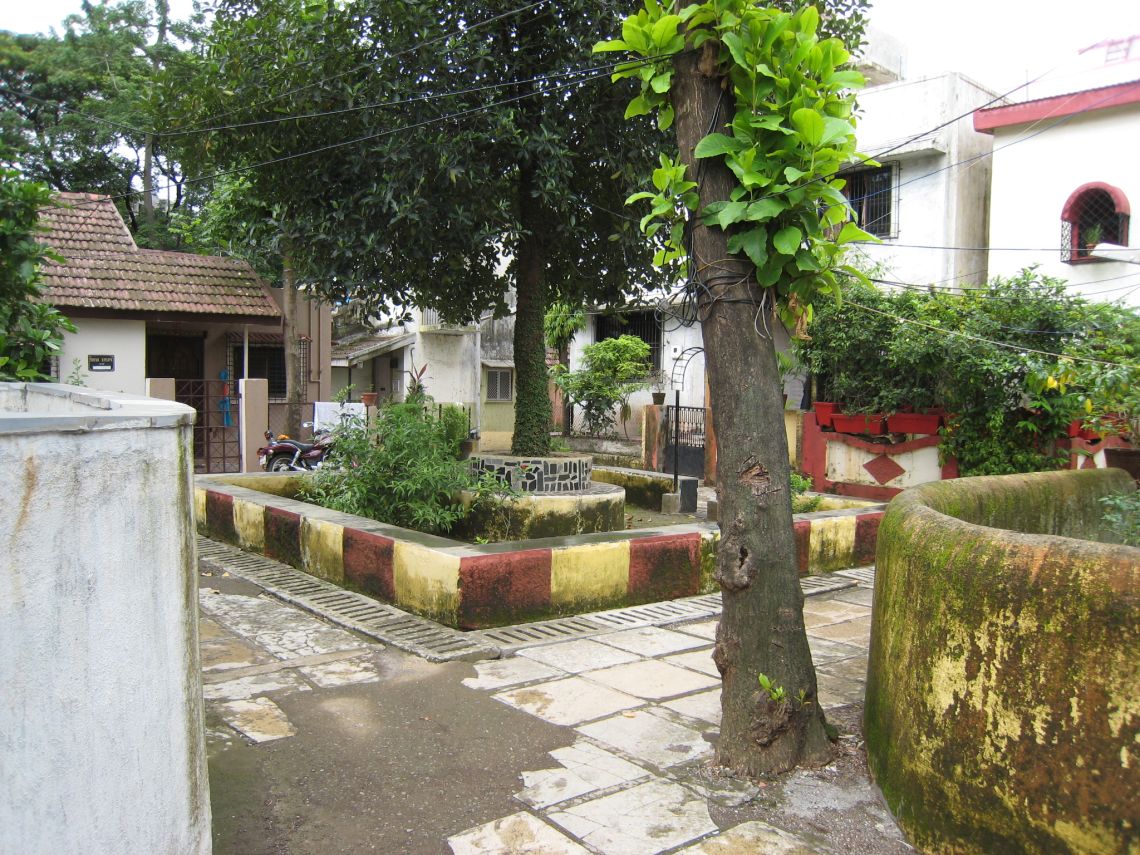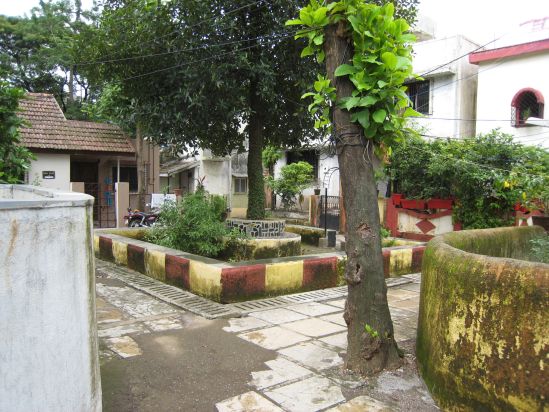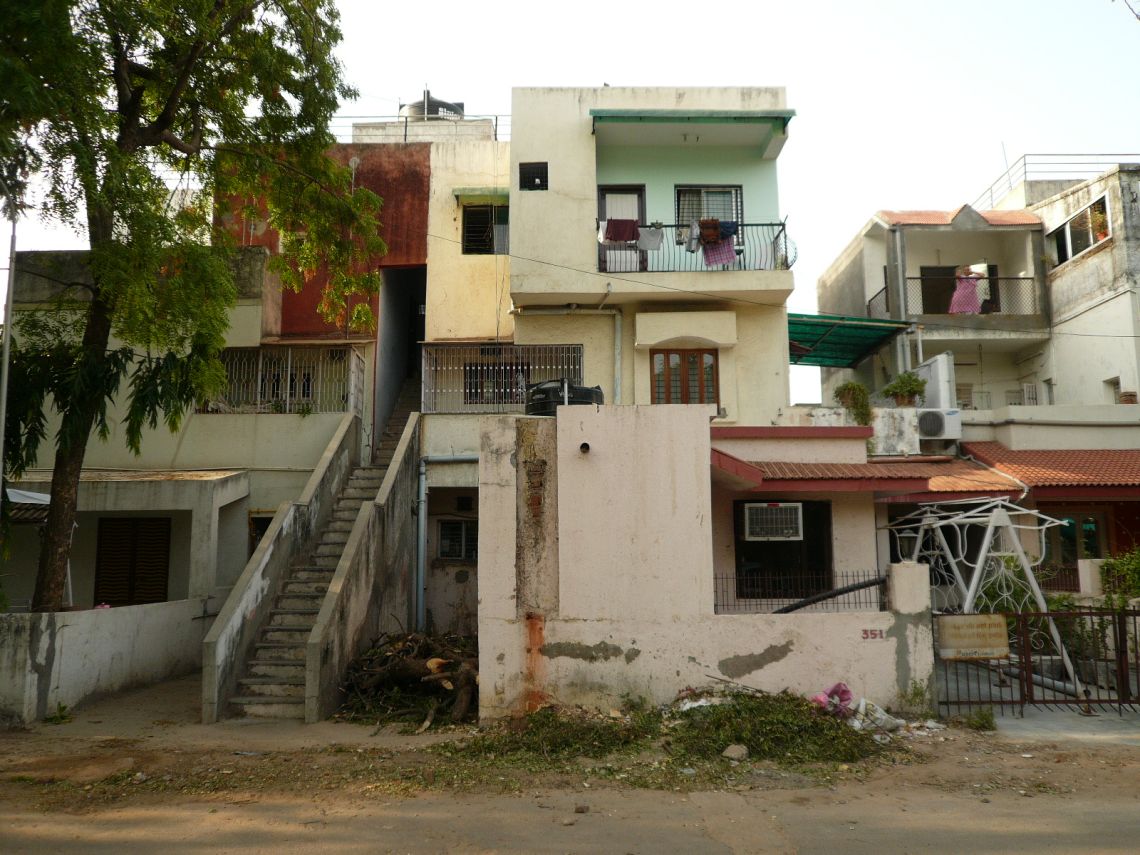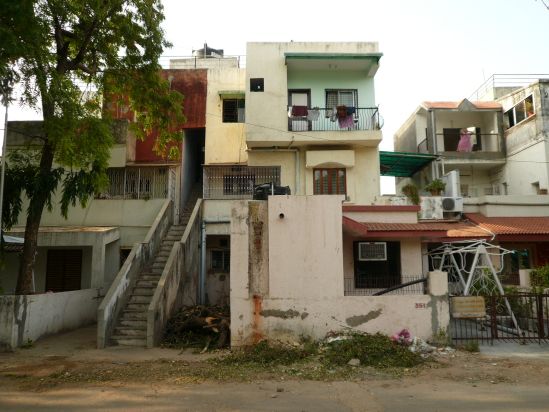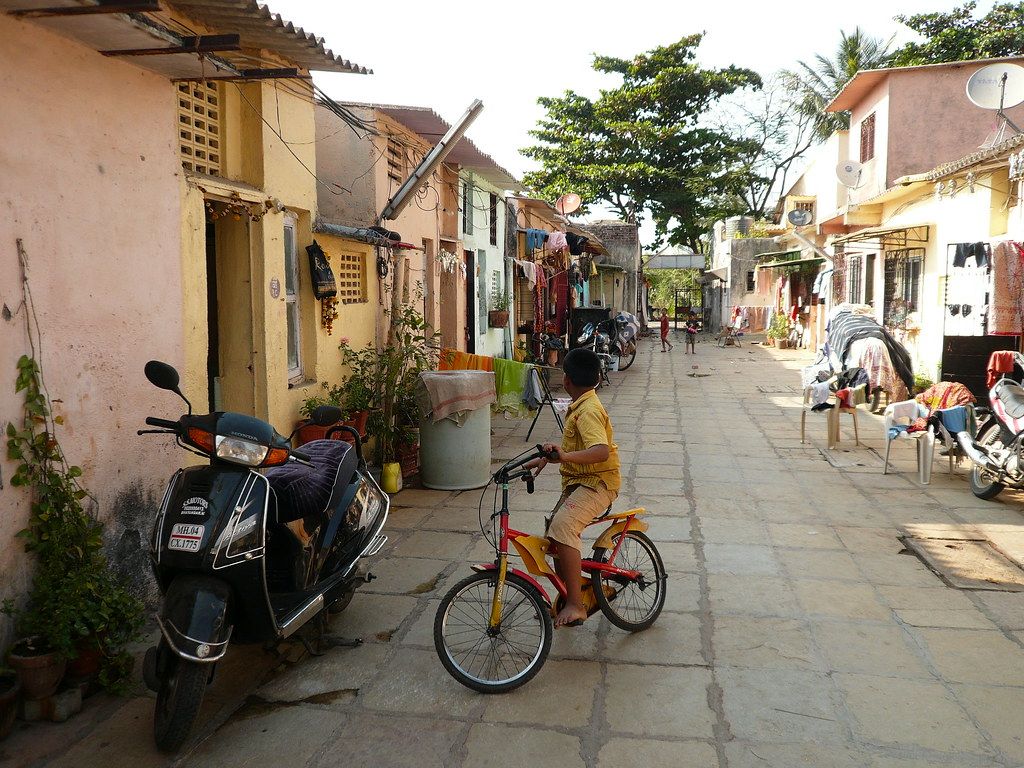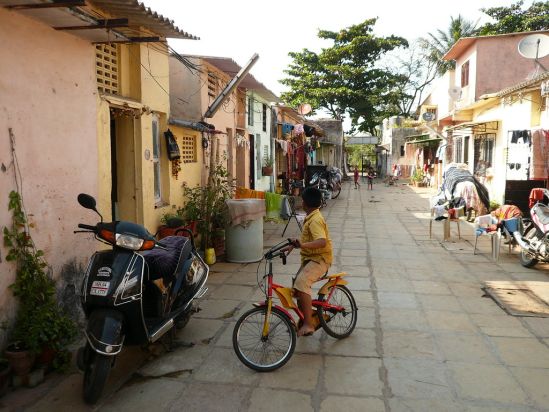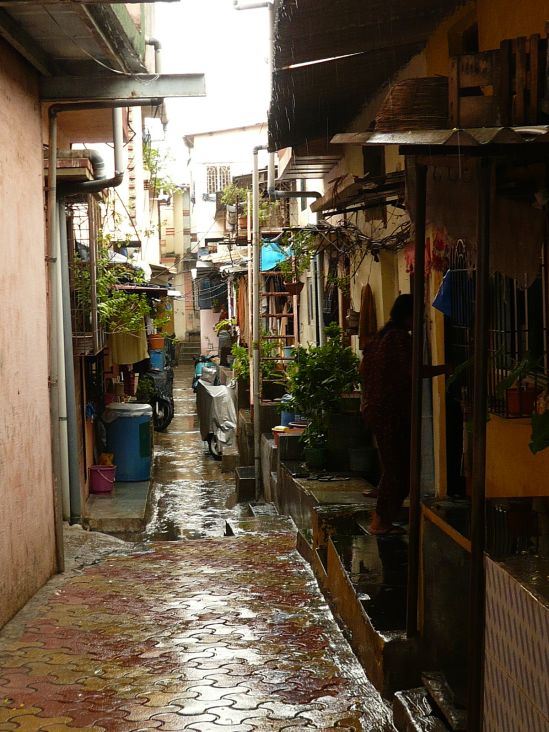John Turner - From Lima to Mumbai
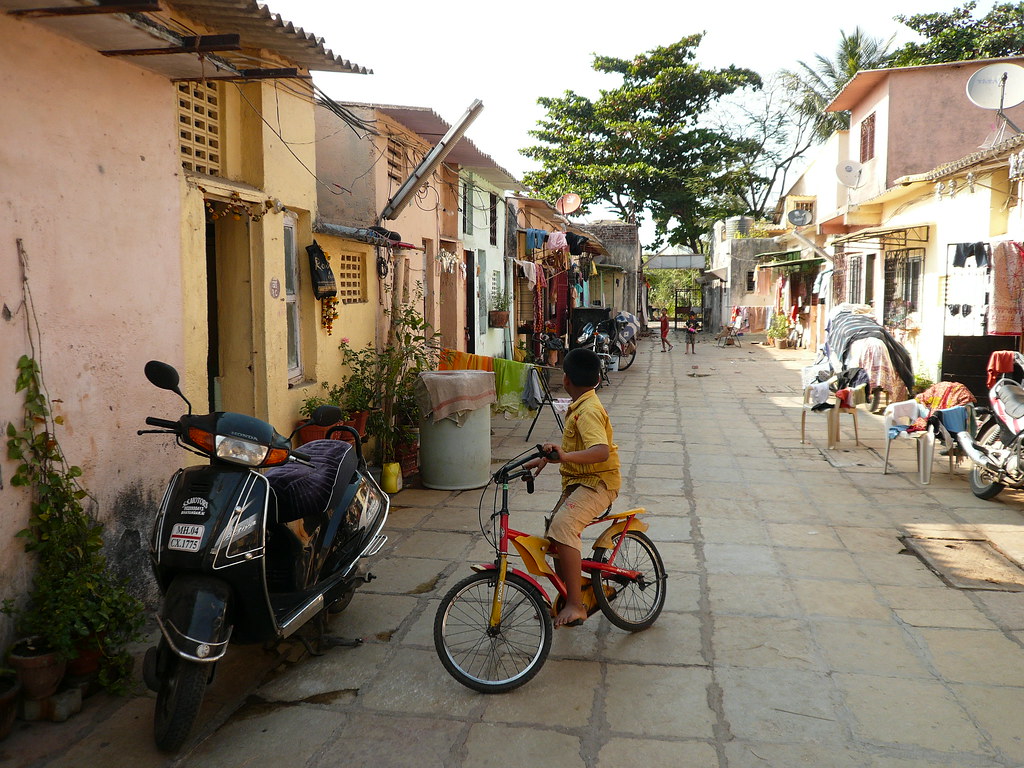
John Turner - From Lima to Mumbai
Social Housing in Mumbai
John Turner, a British born architect who worked in Lima in the 1960s, spent much of his professional life looking at the way people provided for their own housing needs, using their know-how and locally available resources. He wanted to find out how planners and architects could support these processes, rather than impose their own technocratic and context-insensitive “solutions” from the outside. He believed that the state was not the best provider for affordable housing. Too expensive, of poor quality, far out in the periphery, disconnected from people’s place of work, state managed social housing is still in a crisis in South and North alike.
At one level John Turner was tremendously successful and influential. His ideas led to innovative housing development schemes in many parts of the world, including in Mumbai where, in the mid 1980s, the World Bank financed “sites and services” and slum upgrading schemes directly inspired by Turner (Chavez, Viloria, Zipperer & Turner, 2000 ; World Bank, 2007). Tens of thousands of people benefited from policies that encouraged them to build their own dwellings on land provided by the state and equipped with basic infrastructure. Others were encouraged to form cooperative societies that would be given leases to the land they occupied. This effectively converted their status, without simply “giving away” the land or privatizing it.
Sites and Services schemes in India such as Aranya, planned in the early 1980s by architect B.V. Doshi in Indore, Madhya Pradesh (India) provided low income families with a plot served by basic infrastructure, as well as a few models of houses that they could build on (Rybczynski et al., 1984; Bhatt et al., 1990). This project may have been inspired by innovative projects and urban thinking taking place in Latin America from the 1960s onward, such as The Previ project in Lima (Peru), which was sponsored by the United Nations. Previ was an early attempt at exploring alternative models for partly self- built housing. In the late 1960s, twenty-six international and Peruvian architects built 1,500 dwelling units with the understanding that their residents would modify them over time (McGuirk, 2011). Both projects are now fully integrated in their surroundings thanks to the continuous effort of residents to improve them over time.
The few sites and services project in Mumbai were implemented at the periphery. One of them, located in Charkop, is today a pleasant, middle class neighborhood. People have kept expanding their homes over time, the only thing remaining from the initial plan being the ground level layout.
These projects were based on the belief that users were capable of generating their own habitats. All they needed was a well-designed template, which served as a starting point for incremental development. Doshi’s LIC Colony in Ahmedabad is another example of creative adaptation based on user needs and means. Residents of the colony, who were initially from various income groups, have extended their homes and launched business ventures within them in ways that could not have been foreseen by anyone. It is now a dense and diverse settlement.
The Artist Village in Belapur, New Mumbai, which was designed by Charles Correa in the 1980s, is another example of how it is possible to produce habitats that improve over time. The architect built a few different types of houses, all simple and inexpensive, with the idea that residents would expand them. Today, only a few of the original houses remain unchanged. Most have been built upon or rebuilt altogether. This has produced architectural variety within the area, and contributes to its vibrancy. Residents were also supposed to collectively manage the public space in front of their houses. Some chose to transform their clusters into mini-gated communities, others have abandoned common spaces altogether and yet others have found ways of maintaining it practically. Whether they complain about the original design or praise Charles Correa, most residents there feel strongly about the neighborhood and pride themselves for living in one of the nicest parts of New Mumbai.
The street-level layout of the plan in the Aranya and Artists Village project were inspired by the structure of traditional villages, with narrow streets and a multiplicity of shared spaces and in between spaces. This emphasis largely contributed to provide these neighborhoods with a sense of identity that was strengthened by residents’ interventions and incremental improvement.
Though Charles Correa’s Artists Village and Doshi’s LIC Colony were not sites and services projects, they followed the same logic. Such schemes were gradually abandoned, as it was difficult to make sure that the plots would benefit the people they were intended for. A critique of these schemes was that people who were allotted a plot would immediately sell it at market rates to better off people (often informally, as initial beneficiaries were required to keep them for a certain number of years before they could be sold). Nonetheless, sites and services schemes can be said to have succeeded in producing desirable and functional human scale built environments at a low cost to the state and the beneficiaries. The same cannot be said of current “Slum Rehabilitation Schemes” and other mass housing projects, which are just as likely to be turned over and speculated upon by the beneficiaries.
Unfortunately for Mumbai, upgrading and self-help projects were abandoned in the mid 1990s as the real estate market reached surreal heights. The market kept rising throughout the 2000s and continues to boom to this day. Public land became too valuable to let the poor occupy it like before. At the same time, officials refused to regularize the situation of its slum- dwellers, routinely referring to them as squatters and thieves despite the fact that the land they'd reclaimed was often uninhabitable to start with. Thus, Mumbai turned away from the progressive policies of the 1970s and '80s and adopted “public-private” schemes that incentivized top-down, high-rise redevelopment projects like the ones Turner has been fighting against his whole life.
The “Slum Rehabilitation Scheme” is the authorities' chief response to the challenge of improving the living conditions of slum dwellers in Mumbai. It encourages private developers to clear areas classified as slums by the municipality and build high-rise housing blocks in which each family receives a free 225-square-foot unit in exchange, the developer gets valuable “transferable building rights” on public land. This has led to the most toxic kind of developer-government nexus and an explosion of land scams and corruption. An internally commissioned government report on the Slum Rehabilitation Scheme described it as “nothing but a fraud, designed to enrich Mumbai's powerful construction lobby by robbing both public assets and the urban poor.” (Alternative Law Forum, 2011)
Moreover, the quality of housing produced through the scheme has been widely described as abysmal, the new buildings quickly becoming less livable than the slums they replaced. Moreover, many original beneficiaries of the scheme have moved back to slums and sold their free flats to middle-class families who simply cannot find anything else in their budget.
After decades of failed policies, the official slum population keeps rising. According to the latest census, 62 percent of Mumbaikars still live in slums (Jain, 2010).
We at urbz have been actively involved in different neighborhoods of Mumbai for years. Our office is based in Dharavi, a neighborhood that more than anything else struggles to come to terms with its reputation as an immense “slum.” Reducing this diverse and dynamic part of the city, where anything between 500,000 and a million people live, to a “slum” is the biggest disservice we can do to it.
Dharavi and many other slum-classified areas in Mumbai have grown over the years, from being small villages into becoming densely populated urban neighborhoods. Their history and identity is marked by the influx of low-income, low-caste migrants from all parts of India over the past six or seven decades. They are diverse habitats: some parts are well built and consolidated, others are struggling to improve. Likewise, established areas such as Dharavi are playing a central role in the city’s economy, in particular in the manufacturing sector – which absorbs a huge workforce. They are also where the hundreds of thousands of low-wage workers that service the city everyday (domestic staff, hosts in hotels and restaurants, deliverers, municipal workers, but also increasingly in white collar jobs such as call centers and office jobs) can find affordable accommodation.
Many of these neighborhoods have improved incrementally over the years to become self- confident lower-middle-class areas. From the point of view of the new migrant, or that of the suburban slum-dweller, parts of Dharavi are aspirational. It is, after all, a centrally located, superbly connected business hub with seven municipal schools and dozens of private or NGO-run educational institutions. It has decent medical facilities and countless shrines and temples tailored to its fantastically diverse population. Over the years people have replaced their shacks with brick and concrete houses, which often double as retail or production spaces. Yet, like many other areas of Mumbai it remains under-serviced by the municipality. Excess garbage piles up, community toilets are often overcrowded, and storm drains often double up as a sewage system. These are some of the torments that residents of Dharavi cannot solve on their own without the active support of the authorities.
Like Dharavi, many other settlements have matured into neighborhoods that have more to lose than gain from the rehabilitation schemes and redevelopment projects. We call Dharavi and other incrementally developed settlements of Mumbai “homegrown neighborhoods”, emphasizing the fact that they were built by local builders in response to the residents’ needs. We feel that they are full of potential. Like Turner we believe that the internal dynamics of homegrown neighborhoods need to understood and that architects and planners must work together with local actors, rather than impose their design and plans.
The redevelopment projects promoted by the authorities represent the degree-zero of urban, architectural, social and economic development thinking. Extraordinarily, they are of exactly the same nature as the centrally administrated mass housing schemes and high-rise buildings of the '60s and '70s that Turner denounced. It is rather unsettling that after all these years of trying different models and approaches, often at the expense of concerned populations, we are back to square one. The only difference is that instead of leading the process itself, the government now simply provides a policy framework and lets real estate developers and speculators do the job. It’s like we are back in the 1960s –minus accountability, and with infinitely more economic and technical means to do better.
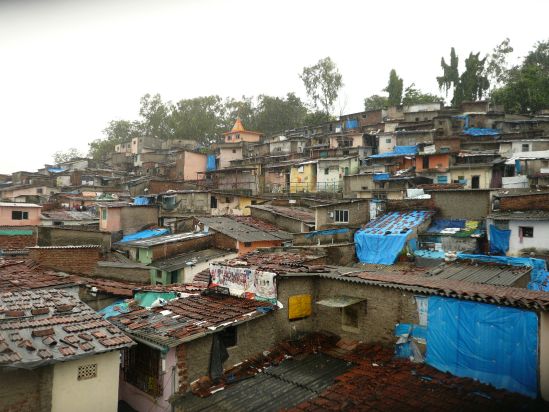
Back to the Future
Like Turner, we believe that decision-making and initiatives on housing-related issues are better dealt with at the local level. In what we call “homegrown neighborhoods,” users and construction workers are often neighbors. This proximity does something that is seldom acknowledged: It increases the agency of the end-user, and along with it, her sense of identity and attachment to the place where she lives. It also keeps precious resources within the area, distributing jobs and salaries locally. Finally, it reduces the cost and increases the quality of housing. This is because local contractors rely on their reputation within the neighborhood to get more jobs. They cannot afford to break their oral contract with their client and neighbor.
Our contention is that only by working within the existing fabric and with local actors can urbanists, architects, engineers and policy makers contribute meaningfully to ongoing user-led improvement in homegrown neighborhoods. This is why we have just started a new project called “Homegrown Cities” that aims to demonstrate that an alternative to “redevelopment” is possible. We want to combine our observations with relevant aspects of Turner-inspired schemes and adapt them to the contemporary context of Mumbai.
This project will start in Bhandup, a hillside “homegrown neighborhood” located in the northeastern suburbs of Mumbai, where we have been active for a few years documenting local building techniques and contributing to the construction of a Hindu temple. From above, Bhandup looks a lot like a Rio favela. Within, it has the same vibrancy and similar issues – the biggest of all being prejudice from the middle-classes and the administration. This neighborhood is typically low-rise, high-density and pedestrian. It is also mixed-use, hosting a great variety of businesses within its residential fabric.
Each time we visit the area we see new houses being built by local masons and residents. Most of them are one or two stories high on a 150-to-200-square-foot surface. Bhandup residents have access to water, and electricity is available to each house. Most people have television and cell phones. No one there is dying of hunger, and there are no beggars. What this neighborhood needs most is to be recognized as a viable model of urbanization – not as a slum. Our intention is to support the efforts of its residents and local builders.
Our long-term aim is to help improve construction techniques and promote the creation of a cooperative housing society that can take an active role in managing and planning the area. We also want to provide opportunities for cross-learning and technical collaboration between residents, local builders and professionals from outside. This is a long-term project, which will develop incrementally, along with the neighborhood.
Our departure point is modest and ambitious at once. We aim to building a house, together with its future users and local masons that we have known for some time. Once completed the house will be sold at the same price as any other small house in the area. Houses that are put on the market locally are usually sold within two months at most because there is an enormous demand for affordable housing in the city. This process will be repeated until we build a critical number of houses. Our intention is to innovate as we work, learn and deepen our relationship with the residents. One of our many ideas is the creation of a trust fund that would allow us to put houses on lease, so that even those with no access to capital can get access to housing. If successful, the model can be repeated in other places.
We do not intend to revolutionize the way construction is done in homegrown neighborhoods, and we certainly don’t want to impose a new process. The idea is to contribute to the incremental improvement that is happening already, and share our knowledge and network. This will help us highlight the good practices already existing, and show that there are alternatives to the wholesale redevelopment of unplanned and incrementally developing neighborhoods. We hope to be able to demonstrate that architects, planners and others can engage meaningfully in local processes, by respecting existing morphology, supporting the local economy and bringing in their skills and creativity.
Conclusion
While participatory schemes are multiplying all over the world, government-led participation planning often restricts the agency of end-users to the selection of a series of preselected options. Instead of treating them as voters and consumers, users should be seen as intelligent agents and producers of forms. Soft planning regulations encouraging users to be actors of development may help. This approach differs from 1970s experimentations in participatory planning, which according to some, was leading to poor design outcomes, resulting in giving a bad name to the approach. What it calls for is the recognition of the ways people are already participating in the formation of their habitats. And then uses these emerging forms and processes to engage with the area from a planning or architectural perspective.
Recognizing existing forms and communicating them to others requires the combined skills of ethnographers and designers. It also demands a capacity to establish links between parallel universes, such as for instance the neighborhood and the municipality. It must involve field- study, interaction with local actors, reporting, analysis, drawings, understanding of construction techniques and materials, land and space use, among other things. Most importantly, in order to grasp the relation between physical forms and social processes, one must engage with end-users and allow their expertise to informally lead the planning process. Similarly, the involvement of local actors in the construction process, such as craftsmen and masons, is essential – not only as laborers, but as active, thinking agents with a deep understanding of the ecology of the neighborhood.
References
Chavez, R., Viloria, J., Zipperer, M. (2000). Interview of John F.C.Turner, World Bank, Washington D.C.
World Bank Energy And Infrastructure Operations Division, South Asia Region. (1997). Implementation Completion Report India: Bombay Urban Development Project.
Rybczynski et al. (1984). How the Other Half Builds: Volume 1 – Space. Vastu Shilpa Foundation. Ahmedabad. Minimum Cost Housing Group Publication Series, McGill University, Montreal.
Bhatt (1990). How the Other Half Builds: Volume 3 - The Self-Selection Process. Vastu Shilpa Foundation. Ahmedabad. Minimum Cost Housing Group Publication Series, McGill University, Montreal.
McGuirk, J. (2011). PREVI: The Metabolist utopia, Domus, Milan
Alternative Law Forum (2011). Slum Policies, Part 3 of the Study. Bangalore.
